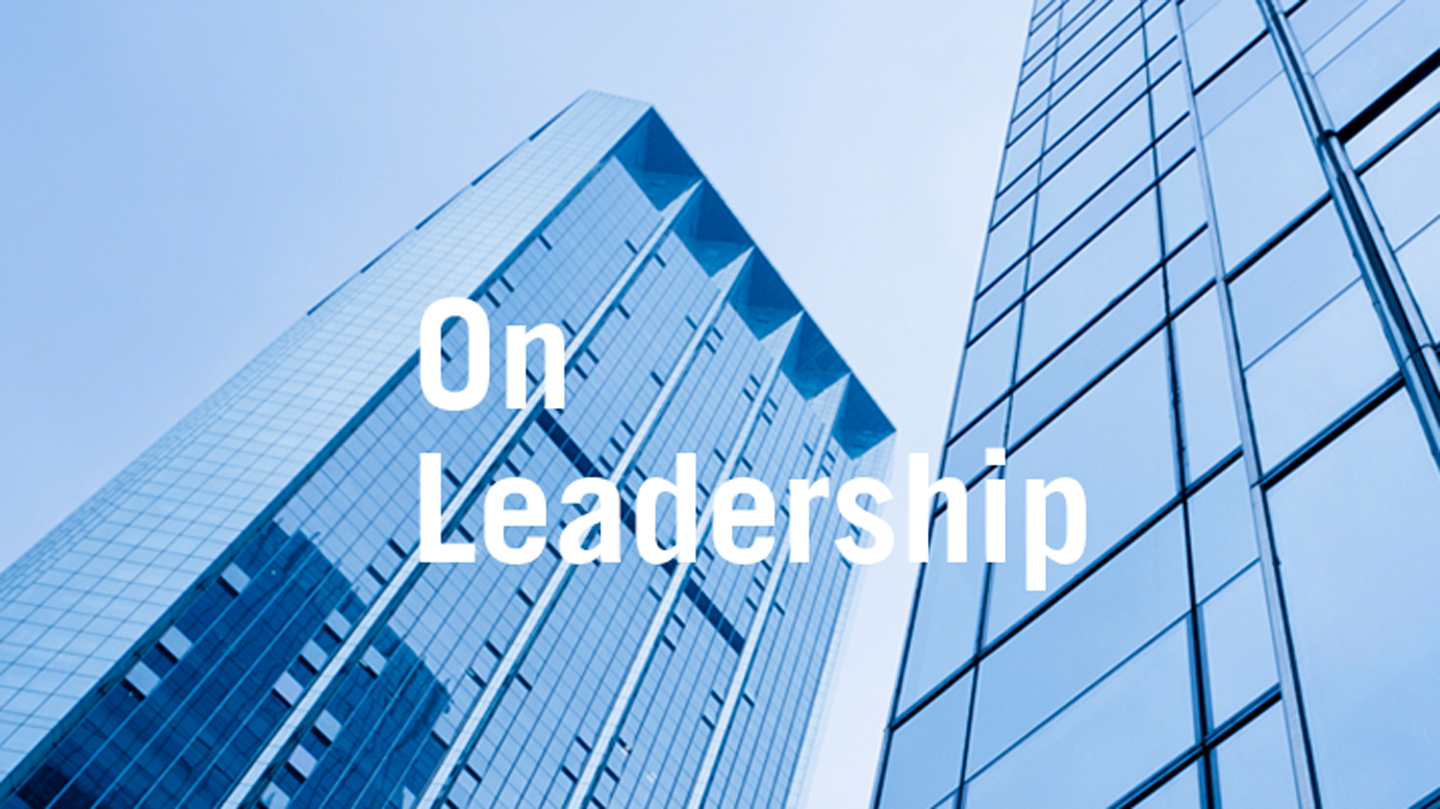‘We Cannot Allow the Best to Overwhelm the Good’: A Conversation with Joel Kotkin

The author sees suburbs as the best location for nurturing the aspirations of the middle class.
Author and demographer Joel Kotkin is a big fan of the suburbs, a stance that often puts him at odds with urban planners and environmentalists.
“The urban fringe is where the American dream is now being rediscovered,” Kotkin wrote in the Spring 2022 issue of “American Affairs.” “But these fringes remain widely disdained in academia, media and the planning community. … Affordable, safe, healthy communities are vital to maintaining our country’s greatest asset: the families creating the next generation. None of this should be seen as an abandonment of the city, but rather as a sign of its continuing reinvention.”
Development magazine recently sat down with Kotkin to discuss topics spanning population growth and change, the prospects for real estate in the aftermath of the pandemic and much more. The conversation has been edited for length and clarity.
Development: Where do you forecast population growth happening in the United States over the next 20 to 30 years?
Kotkin: First, the population shift from the expensive coastal metros to the Sunbelt will continue. Second, much of this will be exurban growth, which will be taking place not only between regions, but also within regions. Even here in California, where the state has lost population overall, the suburban areas in the Central Valley and the Inland Empire are likely to keep growing.
Across the country, the trend will be for much lower population growth. I was projecting 400 million people in the U.S. by 2050, but I don’t think we’re going to get there. I think we’ll be somewhat short of that unless there’s a massive immigration wave. The birth rate is going to be lower because young people can’t afford the housing they need to raise a family in many areas of the country. The death rate doesn’t seem to be improving, either. Overall, I think population growth will be low but steady. The U.S. won’t experience Japan’s level of population decline for a while (that country’s birth rate fell to 1.26 per woman in 2022, and its population is expected to decrease from 125 million to 87 million by 2070).
Development: Where are Californians moving?
Kotkin: Five years ago, the Pacific Northwest was one of their favorite places, particularly upper-middle-class people from the Bay Area. I think that flow is much lower now. Urban policy analyst Wendell Cox has noted that Seattle and Portland now have deficits of domestic migrants. Where are the Californians going instead? Arizona, Texas, and for the first time, we’re seeing them moving to Florida. Also, Denver is losing ground in attracting new people. There’s more movement toward Idaho, Montana, places like that.
That said, migration is going to be to many places, and it often depends on where adult children have settled. That’s a trend I’ve gleaned from personal interviews with people. They moved to be near their kids.
Development: What about international immigrants?
Kotkin: They are not moving to the big cities at anything like the levels seen in the past, and the metros they’re moving to are increasingly not New York or Los Angeles. The three cities that saw the largest increases in foreign-born population in the past decade (this is pre-pandemic) were Dallas, Houston and Miami. Los Angeles actually lost foreign-born population over the decade. The immigrants are going to places where there’s opportunity and where the cost of living is manageable, such as Omaha, Nebraska. I had a speech there a while back and I went to a nearby park, and it was as multicultural as Brooklyn or Los Angeles.
Development: How does the movement of people from big metros to suburbs in the Sunbelt jibe with greater concerns about climate change and reducing our carbon footprint for the sake of the planet?
Kotkin: The whole debate around climate change has shifted toward this idea that people must live a certain lifestyle. However, that lifestyle is not even possible or preferable in most of the country. When people are encouraged to move into densely developed places like Los Angeles, Houston or Dallas, that means more traffic congestion, because mass transit in those places is essentially a non-factor.
If we’re going to deal with climate change, it must be done in a way that at least has some congruence with what the economy demands and what people want. How do we do it in a way that’s sustainable socially and economically? If people are mandated to adopt policies that are against their interests, there is going to be pushback. We already see this happening in Europe. The climate issue and energy policy have contributed to the growth of the far-right party in Germany.
Development: Are there any real estate products that will do better or worse under these kinds of conditions?
Kotkin: There are opportunities in the exurbs, the suburbs and the cities if they can reduce crime, while not repeatedly raising taxes.

Joel Kotkin believes that growth in multifamily housing development “has, in some respects, peaked.”
Let’s look at housing first. Depending on variables such as interest rates and the economy in general, single-family homes will continue to do reasonably well. There doesn’t seem to be a glut of them anywhere in the country. There will be some price adjustments up and down, but I think that the overwhelming demand is there. In states like California, it’s so hard to build them that existing single-family homes continue to increase in value.
On the rental side, they’re still building relatively inexpensive apartments in many parts of the country. I think developers will regret that investment. There’s a limited number of people who are willing and able to pay $3,500 to $4,000 a month for a one-bedroom apartment. We’re not talking Manhattan, Paris or London; we’re talking San Diego, Los Angeles or Philadelphia. These are cities where the allure is not great enough if that’s the only kind of housing you’re building. I think multifamily has, in some respects, peaked. Then, certainly in a state like California, it’s just too expensive. Most of my students pay higher rent than I pay for the mortgage on my house. High-rise development is very expensive per square foot. The only way you can densify your way out of the affordability problem is to have a massive amount of subsidy coming from the government.
As for the office market, an interesting form is satellite offices and coworking spaces. They have a chance to do well in the suburbs. People who need an office can come into a suburban space instead of going downtown. Suburban offices have done better than the inner-city offices, and I think there’s good potential in them. As a general trend, there’s a lot of redundant space in suburbia, particularly retail space, that might be easier to convert to other uses than a 90-story office building in Manhattan.
I think high-rise downtown office buildings are problematic. Some high-end developers believe Class B office space in New York City is dead because there’s going to be enough Class A to cover almost any possible demand.
Industrial seems to be hitting some rough spots but has been solid, particularly compared to retail and office. That and medical seem to be the only kind of construction I see here in Southern California.
Additionally, exurban mixed-use developments like The Woodlands in Texas will continue to thrive. Places like that have a lot to offer — office, residential and even industrial. They have lots of open space, and while it’s mainly single-family residential, there’s also a lot of multifamily and townhouse development. In the case of The Woodlands, they now have three generations living in the same town in different kinds of housing.

Brooklyn is one urban area that Joel Kotkin says will prosper thanks to a high concentration of skilled professionals and a surplus of “interesting housing with historic value,” such as the borough’s famous brownstone apartments.
And there are also great opportunities in Brooklyn and the first-ring suburbs in places like Portland and Seattle. These areas often have interesting housing with historic value. Development is at a higher density than the traditional suburb, but it’s not super-high density. These urban areas where many skilled professionals live could become even stronger, because if residents aren’t going downtown every day to work, and they’re at home or in a shared office space, they’re spending money in their neighborhoods. When I lived in Los Angeles near Studio City, almost all my neighbors worked at home, and they had lunch on Ventura Boulevard in Studio City. That helps local retailers tremendously.
Development: For some of these troubled downtowns, such as San Francisco and Portland, what happens to these buildings? Do we end up with abandoned high-rises, or are rents going to come down to make those buildings at least competitive?
Kotkin: Rents will come down. There may be an opportunity for cities, as in the 1970s when prices went down. The problem is that the mortgages on newer construction sometimes demand certain levels of rent. If you can’t reach them, they’re going to foreclose on you. There are going to be some empty buildings, some under-occupied buildings. One thing I noticed in New York was that the area around Times Square was the only place I didn’t see any vacancies. That’s because tourism did come back to a large extent. The tourist areas may do reasonably well where you’ve got this constant movement of people coming in from all over the world.
The challenge is converting the high-rises built in the past 20 or 30 years. You can’t open the windows, and the floorplates have these uninteresting layouts. I don’t know how you do that with a huge tower in Los Angeles or San Francisco. I don’t know what’s going to happen to some of these. A lot of them will change ownership, and then we’ll see how creative they are.
Development: Let’s talk about transportation. How will changes in the ways roads are designed and managed affect how cities develop?
Kotkin: There are going to be a lot of interesting options. The oddity of congestion pricing, and we’re seeing this now unfold in New York, is that people say, “Well, the hell with it. I’m not going into the city at all.” It’s a dilemma for the cities. I understand they don’t want more traffic, particularly in dense urban areas, and they obviously need revenue since the empty buildings are not going to generate the level of property taxes they were expecting. Looking ahead, the question of whether you need a tax imposed on vehicle miles traveled when people are driving very clean or electric cars seems a bit silly to me, but it will certainly be attempted.

According to Joel Kotkin, The Woodlands, Texas, is the type of suburban mixed-use development that could serve as a model for similar projects.
We’re not going back to the public transportation we had in cities before World War II, which was dominated by streetcars, subways and buses. So, what are the new models? In some Bay Area communities, they’re providing Uber-like transportation for people who have disabilities or can’t drive. That may be a better solution than a bunch of buses running around half empty. I live near Orange, California, which is fairly dense. It’s a place where you would think public transit would work, but the buses I see are often empty. I see the same thing with the Metrolink commuter rail service in Southern California. The trains are a bit fuller, but that may be because they run much less frequently.
Development: One of the themes of your writing has been the challenges of the middle class in our society. What kind of strategies can states and cities follow to be more helpful or supportive of the middle class?
Kotkin: One would be to allow for new development on the periphery, which would lower the prices in the city as well. In the Bay Area, people may advocate for 80% of the growth on 5% of the land. Well, that’s great if you’ve got that 5% of the land, but for everybody else it means you’re going to have higher prices. So regions certainly need to maintain some degree of single-family zoning.
People may be single longer, but the vast majority eventually get married and have children. Now, they probably won’t have three or four kids, but they’ll have one or two. We need to be able to build new communities on the periphery where possible. This could also happen in brownfields, in abandoned industrial areas, and in unoccupied office and retail space. That would help the middle class. Also, public safety is important, obviously. You’re not going to have the middle class in urban areas for very long if the city is perceived as unsafe.

The Woodlands, Texas, has office, residential, retail and even industrial within proximity of each other.
We must figure out how to deal with climate issues in ways that don’t drive industries out of California and balance the needs of the working and middle classes. California has been shifting to an imposed-scarcity regime for years — of course, not scarcity for the tech billionaires or Hollywood moguls. However, we can help the middle class by keeping a more diversified economy, and by reshoring as much industry as makes sense to the U.S. But the reality is that those industries are much less likely to go to locations with very high energy prices. That’s why we see manufacturing leaving places like New York and California, unless it’s completely subsidized, and heading to places such as Ohio.
Finally, one of the biggest long-term issues is fixing the education system. We moved to Orange County from Los Angeles because I didn’t want to pay private-school tuition for my youngest daughter. I think I’m like a lot of people who say, “I can’t pay $40,000 a year for a high school while I’m paying more than that in taxes to the state of California.”
Development: Looking at the world in the next 30 years, do you see the glass half empty or half full?
Kotkin: I would say half and half. There are many great technological advances like the 3-D printing of homes, which could greatly reduce the cost of construction. There are some interesting technological advances with nuclear power. There are some advances with solar power, although they’re moving very slowly, unfortunately.
We are certainly making enormous progress with cars. If we focused on hybrid cars instead of fully electric, we could reduce auto emissions by a huge amount. But to get to a better reality with regard to climate change, we cannot allow the best to overwhelm the good. The good is achievable. The best is very often impractical and not something that is going to be done easily.
The reality is if we have common-sense energy policies, along with the technological and engineering capacities, there will probably be enough money as well. Yes, society needs to protect the environment, but it also must protect its own existence. It must protect the ability of middle-class and working-class people to make a decent living while allowing for upward mobility and aspiration.
Gerard C.S. Mildner, Ph.D., is a former associate professor of real estate finance and former academic director at the Porland State University Center for Real Estate in Portland, Oregon. Trey Barrineau is the managing editor of publications for NAIOP.
About Joel Kotkin Joel Kotkin is the Roger Hobbs Presidential Fellow in Urban Futures at Chapman University in Orange, California, and executive director of the Houston-based Urban Reform Institute. He is also senior advisor to the Kem C. Gardner Policy Institute and executive editor of NewGeography.com. His writing appears regularly in many national and international publications. Kotkin is the author of 10 books. His latest, “The Coming of Neo-Feudalism: A Warning to the Global Middle Class,” is now available in paperback. |





